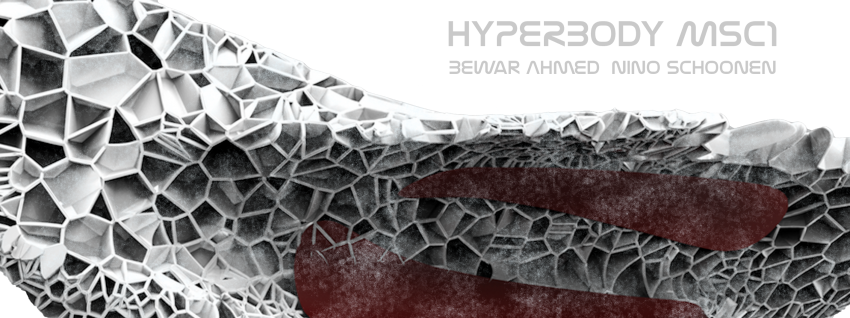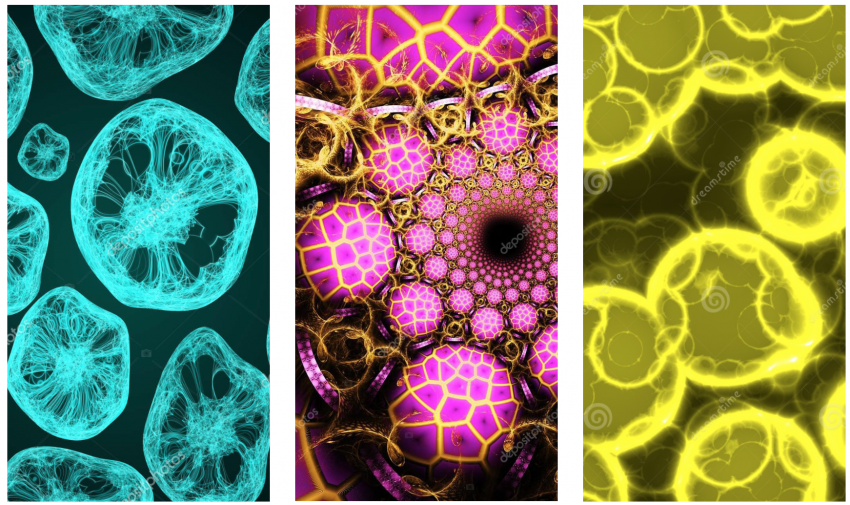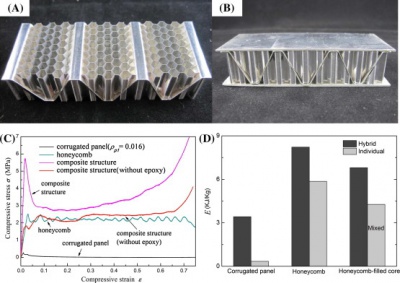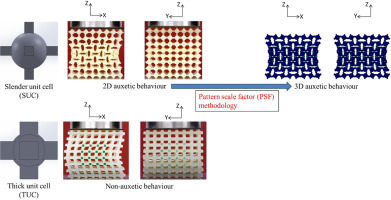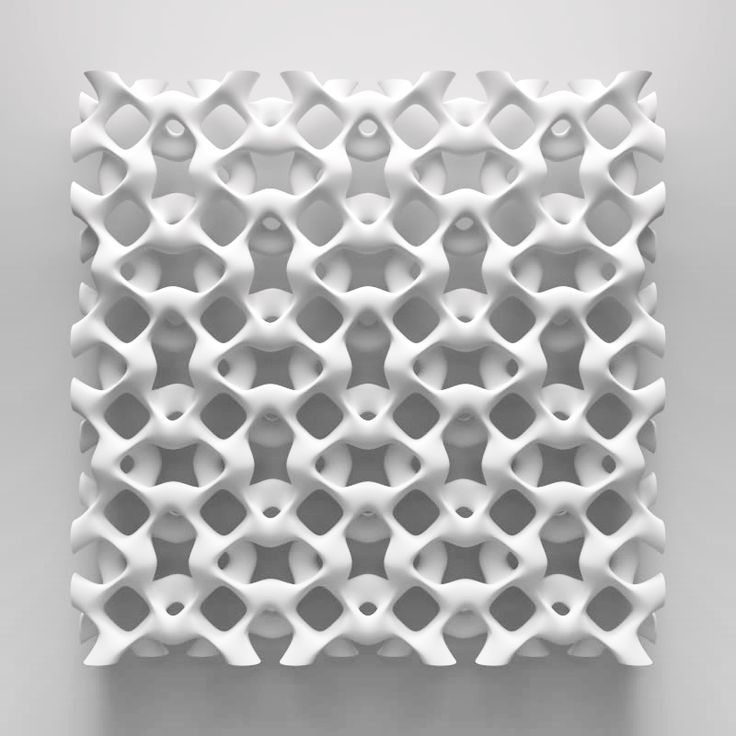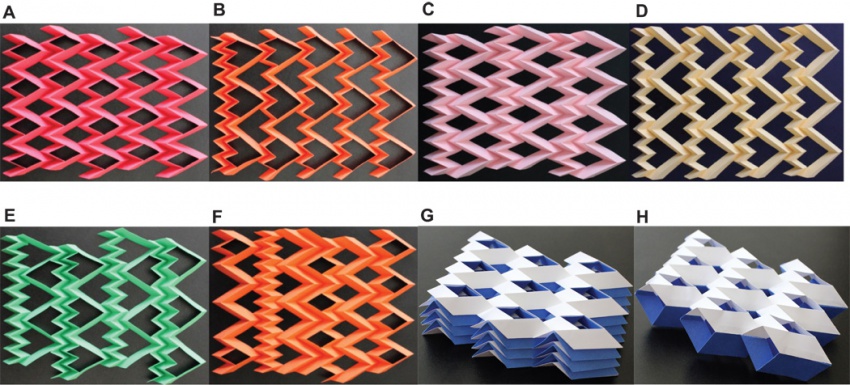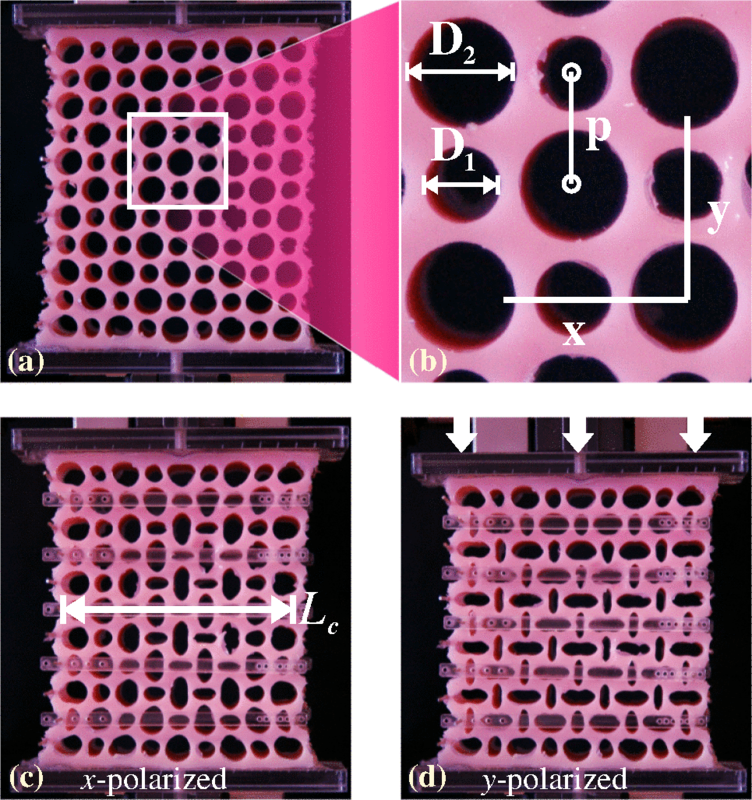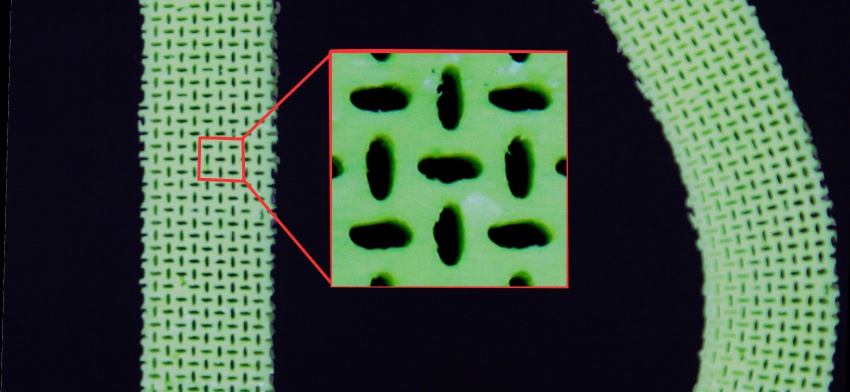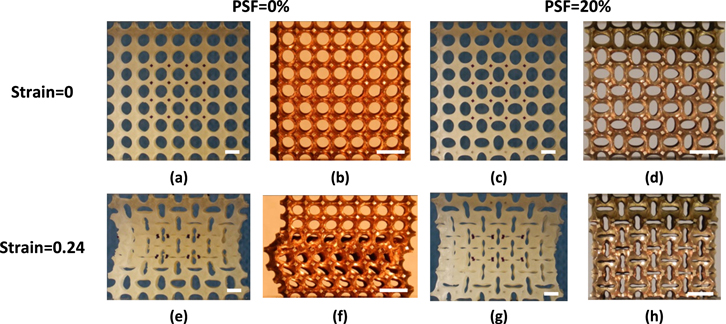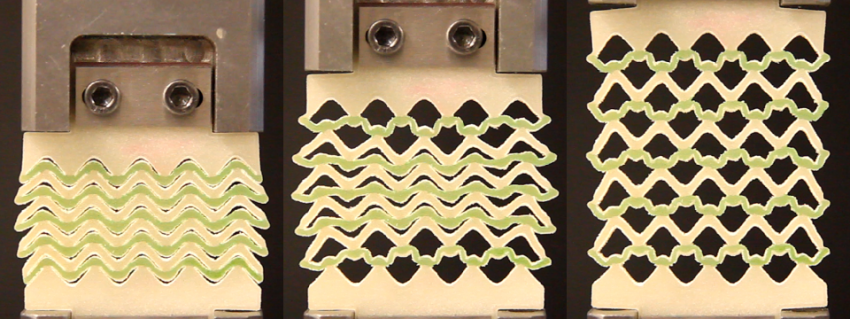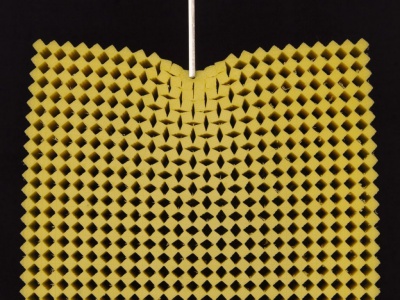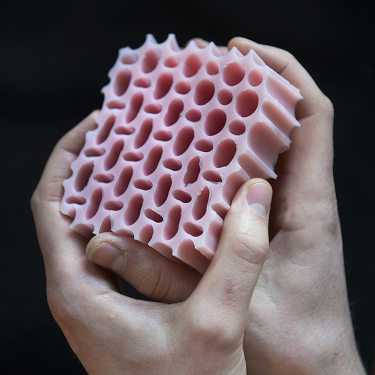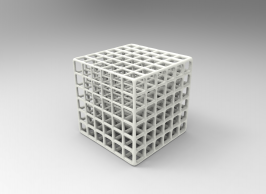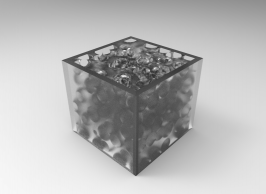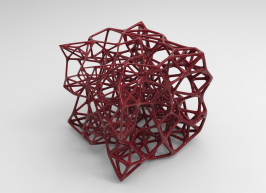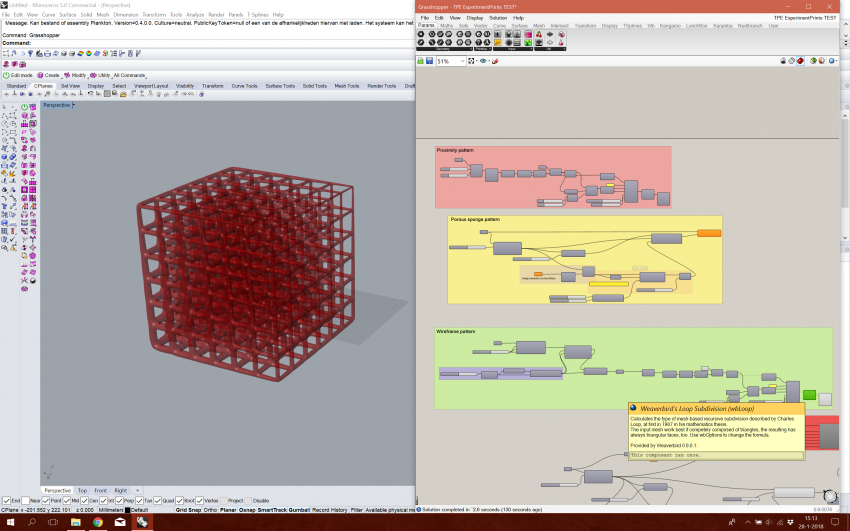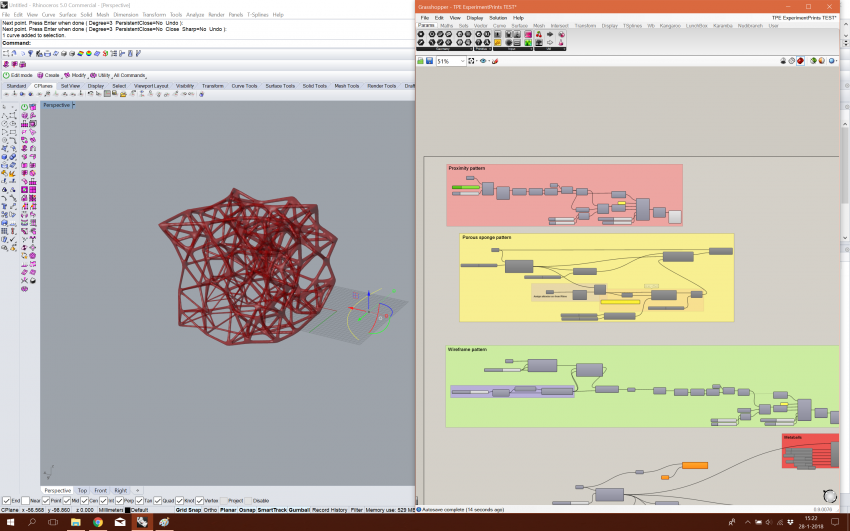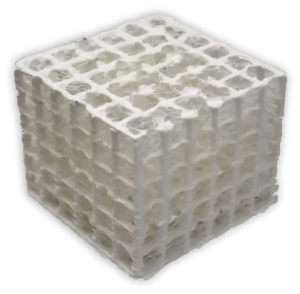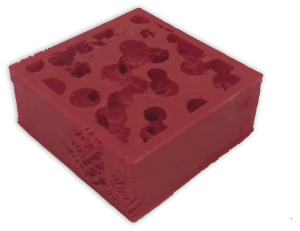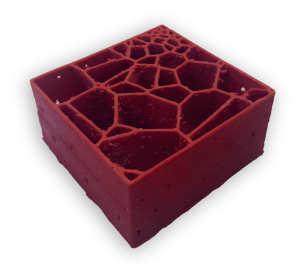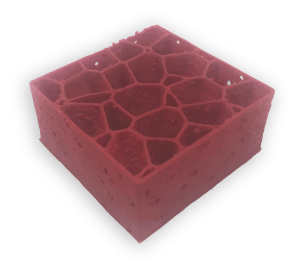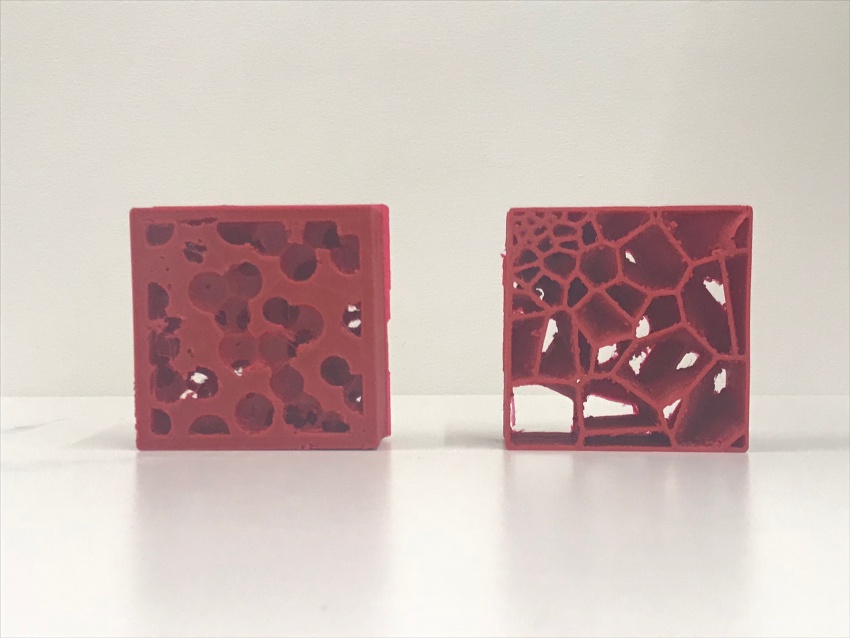Difference between revisions of "Msc1G4:Page4"
| (4 intermediate revisions by one user not shown) | |||
| Line 30: | Line 30: | ||
<div style="float:left; width: 158px; height 30px; border: 1px solid #aaa; margin-right:10px" align="center"> | <div style="float:left; width: 158px; height 30px; border: 1px solid #aaa; margin-right:10px" align="center"> | ||
[[Msc1G4:page4|'''Prototype''']] | [[Msc1G4:page4|'''Prototype''']] | ||
| − | |||
| − | |||
| − | |||
</div> | </div> | ||
<div style="float:left; width: 158px; height 30px; border: 1px solid #aaa; margin-right:10px" align="center"> | <div style="float:left; width: 158px; height 30px; border: 1px solid #aaa; margin-right:10px" align="center"> | ||
| Line 38: | Line 35: | ||
</div> | </div> | ||
<div style="float:left; width: 158px; height 30px; border: 1px solid #aaa; margin-right:10px;" align="center"> | <div style="float:left; width: 158px; height 30px; border: 1px solid #aaa; margin-right:10px;" align="center"> | ||
| − | [[Msc1G4:page7|''' | + | [[Msc1G4:page7|'''Final''']] |
| − | + | </div> | |
<br> | <br> | ||
| + | |||
| + | |||
| + | |||
| + | |||
| + | |||
| + | |||
| + | == Pattern research == | ||
| + | |||
| + | |||
| + | [[File:G4-Nature_cells.png|850px]] | ||
| + | |||
| + | |||
| + | == The Research == | ||
| + | |||
| + | '''What is the influence of cell structures towards the bending behavior of the TPE?''' | ||
| + | |||
| + | The Research method: | ||
| + | |||
| + | 1. Choosing one fragment of our furniture | ||
| + | |||
| + | 2. Requirements of that one fragment | ||
| + | |||
| + | 3. Cell structures research (causing it to be soft, hard, stif, flexible, strong or weak etc.) | ||
| + | |||
| + | 4. 3D printing the above cell structures | ||
| + | |||
| + | 5. Testing and evaluating the cell structures | ||
| + | |||
| + | 6. Conclusion for the choice of structure. | ||
| + | |||
| + | |||
| + | == Pattern studies == | ||
| + | |||
| + | [[File:G4-research_1.jpg|400px|border]] [[File:G4-research_2.jpg|400px|border]] | ||
| + | |||
| + | |||
| + | [[File:G4-research_6.jpg|850px|border]] | ||
| + | |||
| + | |||
| + | [[File:G4-research_7.jpg|850px|border]] | ||
| + | |||
| + | |||
| + | [[File:G4-research_8.png|850px|border]] | ||
| + | |||
| + | |||
| + | [[File:G4-research_9.jpg|850px|border]] | ||
| + | |||
| + | |||
| + | [[File:G4-research_10.jpg|850px|border]] | ||
| + | |||
| + | |||
| + | |||
| + | ---- | ||
| + | |||
| + | |||
| + | |||
| + | '''AMOLF Patterns''' | ||
| + | |||
| + | |||
| + | [[File:G4-Amolf_6_pattern.png|850px|border]] | ||
| + | |||
| + | |||
| + | [[File:G4-research_4.jpg|400px|border]] [[File:G4-Amolf_1_pattern.png|400px|border]] | ||
| + | |||
| + | |||
| + | == Translation to Grasshopper == | ||
| + | |||
| + | Now it was our task to think of selecting certain structures, and translating them in a three-dimensional way. What should be mentioned i that there can be made many more interesting structures, but for now we've made a selection of three different strategies of structures that result in a different bending behaviour. The translation into Grasshopper has been a very helpfull excersice for us, it made us understand the logic of Grasshopper better. We can use this knowledge and skills to make even better structures in a later research, for now; let's focus on our three selections. | ||
| + | |||
| + | |||
| + | [[File:G4_Wireframe_Render.png|266px|border]] | ||
| + | [[File:G4_Sponge_Render.png|266px|border]] | ||
| + | [[File:G4_Voronoi_Render.png|266px|border]] | ||
| + | |||
| + | |||
| + | What should be mentioned is that all the structures are made for experiment prints; to test the behaviours of these structures with different porosities, wire thicknesses et cetera (defined with attractors). | ||
| + | |||
| + | |||
| + | |||
| + | '''Wireframe structure''' | ||
| + | [[File:G4-Wireframe_Grasshopper.png|850px|border]] | ||
| + | |||
| + | |||
| + | '''Voronoi structure''' | ||
| + | [[File:G4-Voronoi_Grasshopper.png|850px|border]] | ||
| + | |||
| + | |||
| + | '''Cocooned spheres (porous) structure''' | ||
| + | [[File:G4-Spheres_Grasshopper.png|850px|border]] | ||
| Line 68: | Line 154: | ||
The Voronoi structure was much harder than we expected it to be. Putting pressure on top of the structure barely shows any deformation, and feels not nearly as soft as the sponges structure we've printed earlier. Although putting the structure on the side allows the bigger Voronoi cells to buckle a lot, resulting in softness, although this softness is not as comfortable as we can achieve with the Spongeous print. In contrary to the Spongeous structure, this Voronoi structure requires less material, at the cost of comfort. The dense area of the structure proved to be very capable for dealing with load bearing parts, even with a flexibility property of 85A. | The Voronoi structure was much harder than we expected it to be. Putting pressure on top of the structure barely shows any deformation, and feels not nearly as soft as the sponges structure we've printed earlier. Although putting the structure on the side allows the bigger Voronoi cells to buckle a lot, resulting in softness, although this softness is not as comfortable as we can achieve with the Spongeous print. In contrary to the Spongeous structure, this Voronoi structure requires less material, at the cost of comfort. The dense area of the structure proved to be very capable for dealing with load bearing parts, even with a flexibility property of 85A. | ||
| − | [[File:G4- | + | [[File:G4-Voronoi_Uniform_2.png|300px]] [[File:G4-Voronoi_Uniform.png|300px]] |
== Design to robotic Production == | == Design to robotic Production == | ||
| − | [[File:Voronoi_bend_0.JPG| | + | [[File:Voronoi_bend_0.JPG|850px]] |
| − | <html><iframe src='https://gfycat.com/ifr/PastelSharpGrouse' frameborder='0' scrolling='no' width=' | + | <html><iframe src='https://gfycat.com/ifr/PastelSharpGrouse' frameborder='0' scrolling='no' width='850' height='400' allowfullscreen></iframe></html> |
Latest revision as of 13:34, 6 February 2018
Prototype
Bewar Ahmed - Nino Schoonen
Prototype
Pattern research
The Research
What is the influence of cell structures towards the bending behavior of the TPE?
The Research method:
1. Choosing one fragment of our furniture
2. Requirements of that one fragment
3. Cell structures research (causing it to be soft, hard, stif, flexible, strong or weak etc.)
4. 3D printing the above cell structures
5. Testing and evaluating the cell structures
6. Conclusion for the choice of structure.
Pattern studies
AMOLF Patterns
Translation to Grasshopper
Now it was our task to think of selecting certain structures, and translating them in a three-dimensional way. What should be mentioned i that there can be made many more interesting structures, but for now we've made a selection of three different strategies of structures that result in a different bending behaviour. The translation into Grasshopper has been a very helpfull excersice for us, it made us understand the logic of Grasshopper better. We can use this knowledge and skills to make even better structures in a later research, for now; let's focus on our three selections.
What should be mentioned is that all the structures are made for experiment prints; to test the behaviours of these structures with different porosities, wire thicknesses et cetera (defined with attractors).
Cocooned spheres (porous) structure
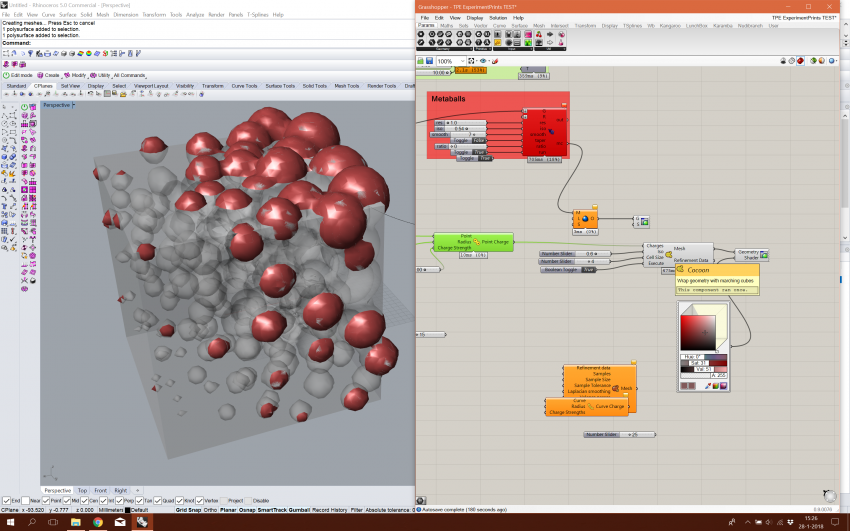
3D-Prints
.1 TPE 45D Experiment: Semi-Flexible TPE, Wireframe structure
It was right after our first wireframe experiment that we've noticed semi-flexible TPE (flexibility 45D) is way too strong for what we want to achieve. It is not (only) a matter of structure with this semi-flexible TPE, but material characteristics seemed to be of way more importance. This print recieves its flexibility through (accidental) mistakes which occured during the printing test: certain horizontal wires are not printed which make the structure actually bend in quite well, while remaining (almost) completely stiff by itself. Problematic can be the structural deformation on a bigger scale.
.2: TPE 85A Experiment: Flexible TPE, Spongeous structure
A flexibility value of 85A felt directly much softer. Sitting on this piece of 10x10x5 cm already felt comfortable while the structure is deforming slightly. A great value of this spongeous structure is that the printer can always print these spheres on top of eachother. This avoids toolpath manipulation that occured during the Voronoi test print.
.3: TPE 85A Experiment: Flexible TPE, Voronoi structure
The Voronoi structure was much harder than we expected it to be. Putting pressure on top of the structure barely shows any deformation, and feels not nearly as soft as the sponges structure we've printed earlier. Although putting the structure on the side allows the bigger Voronoi cells to buckle a lot, resulting in softness, although this softness is not as comfortable as we can achieve with the Spongeous print. In contrary to the Spongeous structure, this Voronoi structure requires less material, at the cost of comfort. The dense area of the structure proved to be very capable for dealing with load bearing parts, even with a flexibility property of 85A.
